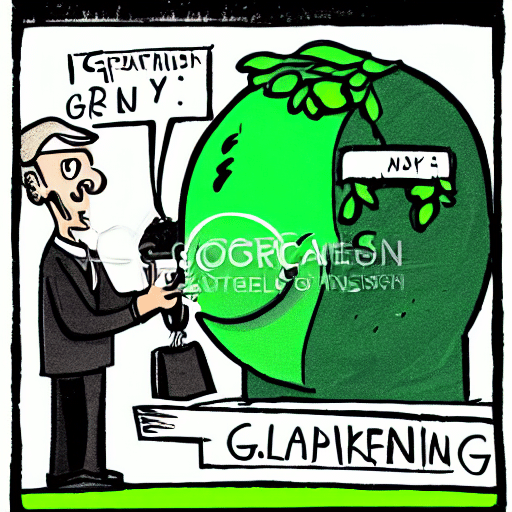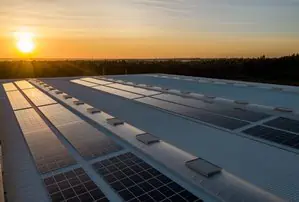Businesses around the world are coming under increasing pressure to reduce their emissions. Most have initially gone for the “easy button” and purchased carbon offsets. Oftentimes, I don’t think this is with ill will as the challenge is complex. That said, the practice of carbon offset purchases and marketing “net zero” is coming under significant scrutiny and calls of greenwashing and is making it to mainstream media as highlighted by John Oliver.

“The problem with carbon offsets is everyone wants to believe in them,” said Oliver. “Buyers want a cheap way to make a big claim, and sellers want money for doing as little as possible. And ideally, there’d be an entity in the middle charged with keeping both sides honest.”
Carbon Offsets and Greenwashing Outcomes
This is a massive potential market but one that requires trust, traceability and an agreement on the rules (perfect for Web3). For businesses globally there are two likely outcomes :
- Carbon offsets continue as a voluntary market and really don’t actually provide additional carbon reductions (for instance when we protect areas that may not have been under threat in the first place, adds no additional carbon reduction and is considered an offset). This will only enhance the greenwashing claims and make carbon credits quite worthless.
- Actual and additional carbon removal is achieved through offsets and projects are trusted, traced and regulated. In this scenario, prices are projected to rocket 2,975%, to $224 a ton, in 2029 before tapering off to settle at $120 in 2050 (according to Bloomberg). This would make for a very expensive market, but drive the right outcomes and behaviors.
The bottom line is, we can not offset our way to Net Zero and companies can not solely use offsets as their carbon reduction strategy. Consumers, employees, B2B supply chains and capital markets are starting to see through the strategy.
Real Solutions In Lieu of Greenwashing
When working with businesses we feel they should approach the opportunity in the following order:

- Maximize energy efficiency strategies to reduce consumption as much as possible in the first place.
- Deploy onsite solutions where they are viable and have a positive ROI – they not only bring emission reductions, but they also provide cost certainty and operation resilience and security. In cases where onsite systems can not offset the entire carbon footprint of an asset – companies should then consider….
- Offsite power purchase agreements (PPAs / VPPAs) from utility-scale renewable facilities. Such solutions will reduce emissions theoretically, but the user is not actually using that energy generated – they could still be using the power generated from the local coal plant, but on paper they are buying energy from a solar/wind asset hundreds or thousands of miles away. Such solutions can work well by bundling remaining emission profiles across your portfolio of assets and often need to be over 5MW or more to get access to such projects. There are no operational resilience/security benefits with such solutions.
- Carbon offsets – the key here is to purchase offsets for any remaining emissions and from projects that are ideally creating additionally – additional carbon reductions. Credits come in many shapes and sizes from projects around the world. For those wanting to do it right, quality projects come at a premium.
Who will be the winners and do it right and who will cut corners and spin a story?
VECKTA is leading the way by supporting businesses globally to simplify and accelerate the energy transition (and into a Web3 world!). Why not join us on this journey and we can help you take control of your energy, and make the switch to a cleaner, more sustainable and profitable energy future? Feel free to contact us with any questions, comments or ideas about greenwashing versus real energy solutions.